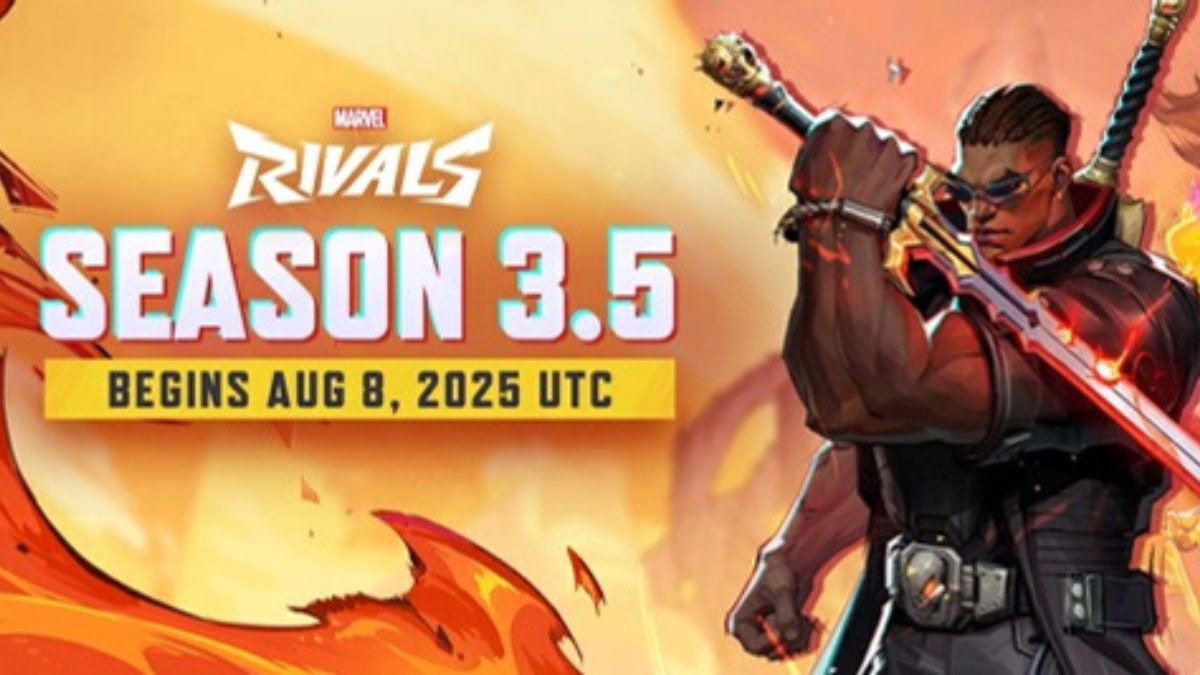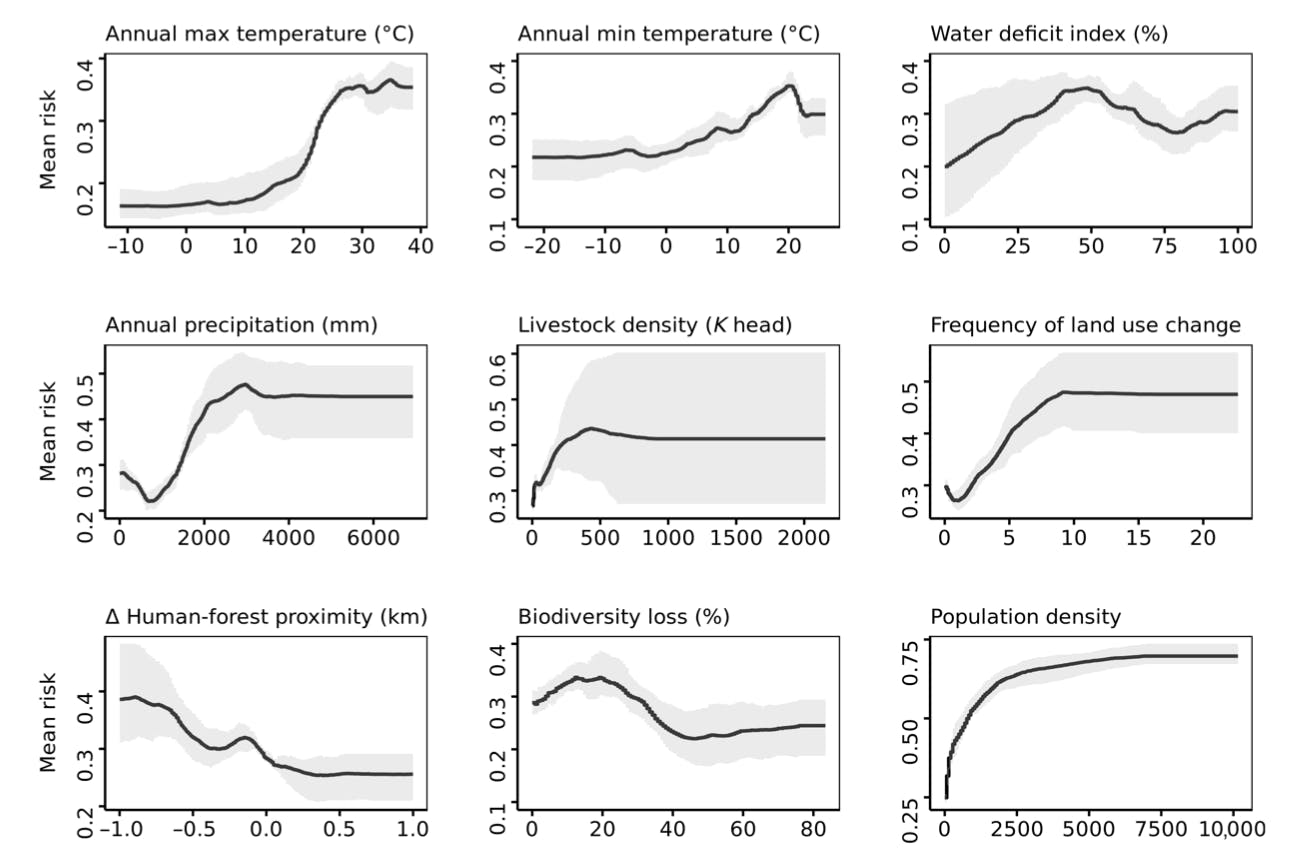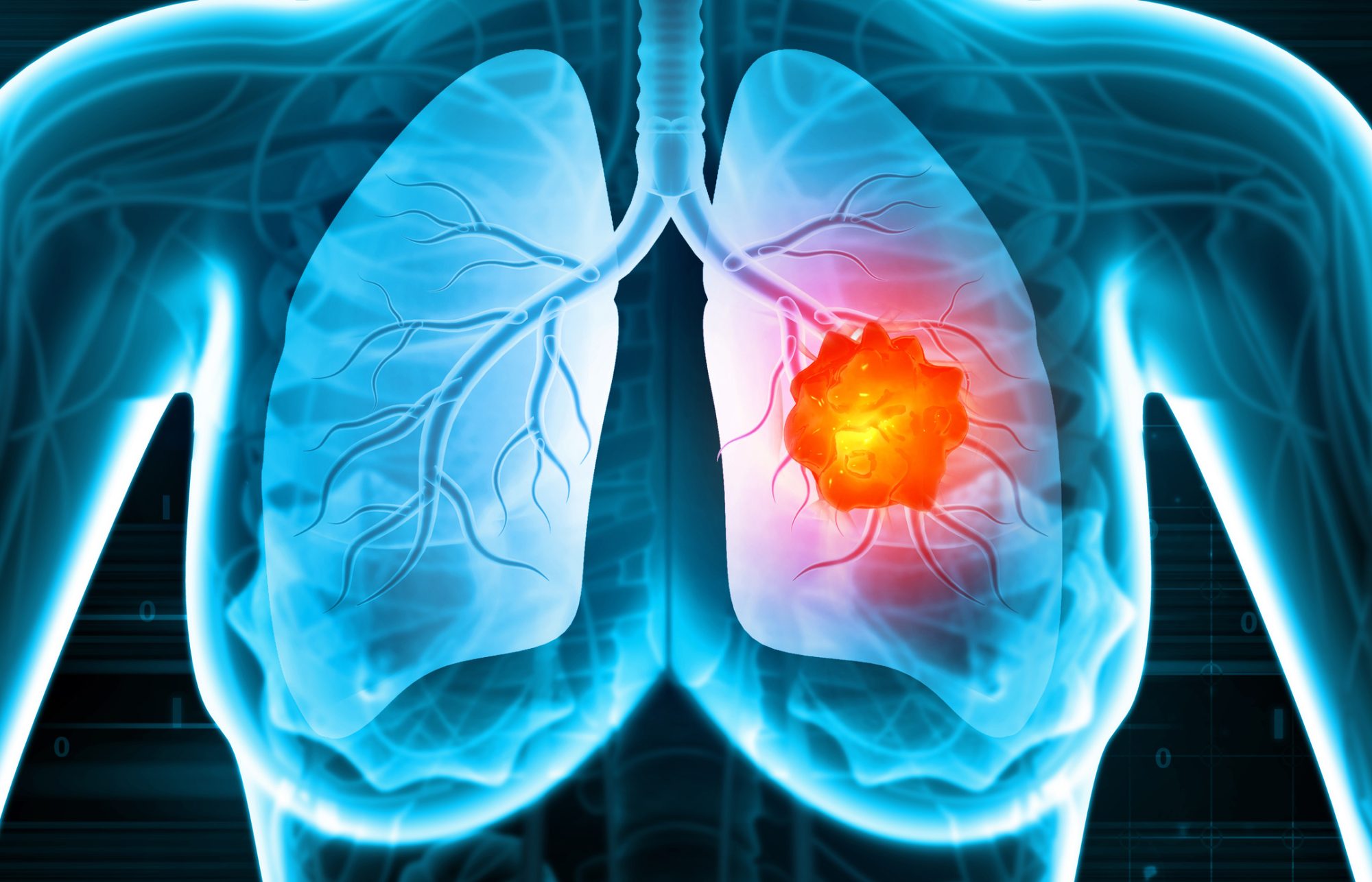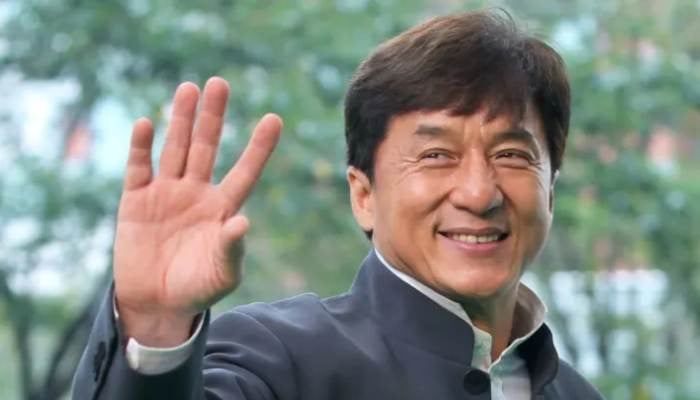- Oil little changed as OPEC+ output hikes counter Russia disruption concerns Reuters
- The Numbers Look Bad for Oil Prices. Traders Don’t Seem to Believe Them. Barron’s
- The Flip Side podcast – Episode 74 Barclays Investment Bank
- OPEC+ Production Cuts: Why Traders Ignore Supply-Side Signals and What This Means for Energy Investors AInvest
- Oil futures: Crude struggles as supply glut fears grow Quantum Commodity Intelligence
Blog
-
Oil little changed as OPEC+ output hikes counter Russia disruption concerns – Reuters
-
Naval Chief awarded Turkiye’s prestigious Legion of Merit – RADIO PAKISTAN
- Naval Chief awarded Turkiye’s prestigious Legion of Merit RADIO PAKISTAN
- Türkiye’s defense chief receives Pakistani naval chief in Ankara Anadolu Ajansı
- Pakistan naval chief awarded ‘Legion of Merit’ as Pakistan, Türkiye deepen naval ties Arab News PK
- CHIEF OF THE NAVAL STAFF VISITS TÜRKIYE AND AWARDED LEGION OF MERIT BY TURKISH ARMED FORCES Islamabad Post
- Naval Chief Admiral Naveed Ashraf awarded Turkiye’s top military honour Dunya News
Continue Reading
-

F1 Q&A: Norris-Piastri relationship, Russell and Mercedes, Aston Martin and post-race investigations – BBC
- F1 Q&A: Norris-Piastri relationship, Russell and Mercedes, Aston Martin and post-race investigations BBC
- McLaren must also deal with disappointment amid runaway success The Japan Times
- PODCAST: Is McLaren favouring Lando? + Ipswich Supercars preview Speedcafe.com
- Piastri sees no “trend” in Norris’s recent championship gains RaceFans
- Piastri has ‘confidence’ in his F1 title shot as he returns to Hungary, where he got his 1st win Kentucky New Era
Continue Reading
-

Marvel Rivals Season 3.5 Patch Notes: Blade Hero, New Team-Ups and Fixes
Marvel Rivals Season 3 premiered last month and brought a fiery update to NetEase’s hero shooter. The season featured Jean Grey as the Phoenix, a Duelist with explosive damage, and the symbiote-themed Klyntar: Celestial Husk map for Domination mode.
The Power of the Phoenix Battle Pass included new skins and emotes, as well as a summer event with cosmetics for Punisher, Psylocke, and Loki. New team-ups, such as Human Torch and The Thing, as well as balancing modifications, changed the meta, buffing heroes like Dr. Strange and nerfing Black Panther.
As Season 3 concludes on August 8, anticipation grows for Season 3.5, which will be released on the same day. The mid-season update will include Blade, a vampiric Duelist with swordplay and anti-heal skills, as well as the Resource Rumble mode and the Throne of Knull map. If you’re looking for all the new content coming in the next update, here are the full patch notes.
Marvel Rivals Update 20250808 Season 3.5 Full Patch Notes
All-Black the Necrosword has returned to Knull’s grasp after millennia, ushering in an era where light may be snuffed out for good. The Phoenix Egg has shattered, its fragments igniting a wildfire upon the planet Klyntar. Blade, now empowered by both Phoenix fire & the living abyss, leads the heroes to destroy Knull’s throne. But will it be enough to halt the march of the King in Black? Join the battle and witness the eternal clash of light and darkness!
The update begins on August 8th, 2025, at 9 AM UTC. There will be a brief server downtime of 3-4 hours starting at 5 AM UTC, so please ensure you install the full update before logging into the game.
New Content on All Platforms
New Hero
Blade is on his feet and itching to join the fight in Marvel Rivals! He’s a Duelist with an impressive kit and an overpowered ultimate ability that can slice through enemies.
New Stories
- New Blade lore – Cut to The Chase
- New Iron Man lore – The Celestial Iron Man
- New Rocket Raccoon lore – The Deepest Bond
Limited-Time Event: Queen’s Codex
The Queen is coming! Battle to earn XP and level up to earn rewards, including the The Thing – Symbiote Thing costume absolutely FREE!
Image Credit: NetEase Games Unlock the Premium Codex to claim even more rewards, such as the Hela – Queen in Black costume, an all-new dynamic spray, and more! Plus, once you unlock Premium, you gain permanent access to the event until all rewards are claimed. No time limit!
Event Available from: August 8 at 9 AM UTC
New Systems
- Custom Muted Words: Players can now set up their own defenses against words they’d rather not see in chat. If a message contains a muted word, it will be filtered out.
- Faction Tab in Chat: Added a new Faction tab to the chat system.
New In Store
- Blade – Polarity Edge Bundle
- Blade – Emoji Bundle
- Blade Dynamic Mood Bundle
Bundle Available from: August 8 at 9 AM UTC
Twitch Drops
As Season 3.5 kicks off, get ready for a new round of Twitch Drops. Simply accumulate the required viewing time to claim your rewards.
This round’s drops include the Mantis – Will of Galacta costume along with related bundle content.
Drops Period: August 8 at 12 am UTC to September 5 at 9 AM UTC
Tournaments
- We’re introducing latency equalization technology to the S3 Marvel Rivals Championship. When a server or geographic location causes significant ping differences between factions, the system will auto-balance latency for fairer matches.
- Newly added the Balance Latency option to Custom Game – Tournament Rooms. Hosts can now enable this option and set thresholds.
Rank Adjustments
Rank Rewards
New Rank Settlement Rewards: Reach Gold for the cool Blade- Emerald Blade costume. Earn all-new Nameplate Frames at Diamond and Platinum, plus rock fresh Crests of Honor for Grandmaster, Celestial, Eternity, and the illustrious Top 500.
Team Matchmaking Adjustments
- Players in Bronze, Silver, and Gold can queue for Competitive in any team size except 5-player teams.
- Players in Platinum, Diamond, and Grandmaster can queue for Competitive in teams of up to 3 players.
- Players in Celestial, Eternity, and One Above All can queue for Competitive in teams of up to 2 players.
Surrender & Disconnect Rule Adjustments
Surrender Trigger: In the first round, if a player disconnects and does not reconnect within 90 seconds, their team may vote to surrender. The required votes passes with 1 less than the current team members. (E.g., if 4 remain, 3 votes are needed.)
Disconnect Penalty and Compensation Adjustments
Invalid Matches
If any player disconnects during loading, ban/pick phase, hero select, or within the first 70 seconds of a match, the match is deemed invalid. The disconnected player receives a T1 Penalty (see below for details) that scales with repeated offenses and penalty count increases. For other players, the match ends with no result or penalty.
Valid Matches
If a player disconnects after 70 seconds, the following applies:
- Disconnected player does NOT reconnect before the match ends:
- If the match ends within 90 seconds of their disconnect:
- Normal settlement based on match result and stats; no penalty.
- If the match ends 90 – 150 seconds after their disconnect:
- Disconnected player receives a T1 Point Penalty and Competitive Matchmaking Ban (both scale with repeat offenses), and penalty count increases (win or lose). If the disconnected team loses, remaining teammates receive ranked point compensation.
- If the match ends 150+ seconds after their disconnect:
- Disconnected player receives a T2 Point Penalty and Competitive Matchmaking Ban (both scale with repeat offenses), and penalty count increases (win or lose). If the disconnected team loses, remaining teammates receive ranked point compensation.
- If the match ends within 90 seconds of their disconnect:
- Disconnected player RECONNECTS before the match ends:
- If their team wins:
- Normal settlement; no penalty.
- If their team loses:
- Penalty is based on disconnect-to-reconnect time (as above), but no Competitive Matchmaking Ban.
- Teammates receive compensation on loss only if the disconnect lasted more than 90 seconds.
- If their team wins:
Compensation Table
Disconnect Timing Match Status Reconnection Time Since Disconnect Disconnected Player Other Players Loading/Ban-Pick/Hero Select/≤70s Invalid N/A N/A T1 Penalty (repeat scaling)
Penalty count increasesMatch ends, no result >70s Valid No ≤90s Normal settlement, no penalty Normal settlement
90–150s T1 penalty, competitive ban,
penalty count increases//Penalized regardless of win or loss.Compensation if lost >150s T2 penalty, competitive ban,
penalty count increases//Penalized regardless of win or loss.Compensation if lost Yes ≤90s Normal settlement, no penalty Normal settlement
90–150s T1 penalty, penalty count increases
(if lost)Compensation if lost
>150s T2 penalty, penalty count increases
(if lost)Compensation if lost
Points Compensation
Rank Points Bronze 12 Silver 12 Gold 12 Platinum 8 Diamond 8 Grandmaster 8 Celestial 4 Eternity 4 One Above All 4 - Compensation points vary by rank.
- If the final score after compensation is above -1, it will be capped at -1. For example:
- If a Gold player was supposed to lose 10 points, but receives a disconnect compensation of +12, the result would be +2. Since this is above -1, the final deduction will be set to -1.
AFK Penalty Adjustments
Invalid Matches
If a player is detected AFK within the first 70 seconds, the match is invalid:
Inactive Player: T2 Penalty (scaling with repeat offenses) and penalty count increases.
Other Players: Match ends immediately with no result or deductions.
Valid Matches
If a player is detected AFK after the first 70 seconds:
- If their team wins: Normal settlement, no penalty.
- If their team loses: Inactive player receives a T2 Penalty and Competitive Matchmaking Ban (scaling with repeat offenses), and penalty count increases. Teammates do not receive compensation.
Combined AFK & Disconnect Penalty
- If a player is both inactive and disconnects, the highest penalty applies.
- If a team is faced with both inactive and disconnected players and that team loses, compensation is granted to fully engaged teammates.
Penalty & Ban Scaling for Competitive
Repeat Offenses Competitive Ban T1 Penalty T2 Penalty 1 15 minutes 25 30 2 1 hour 30 35 3 3 hours 35 40 4 8 hours 40 45 5 or more 20 hours 40 45 //Specific penalty rules described above will be enforced accordingly.
Quick Match Penalties
In Quick Match mode, we’ve also strengthened the penalty duration for players who disconnect and leave the game:
Repeat Offenses Quick Match Ban 1 Warning 2 15 minutes 3 30 minutes 4 1 hour 5 or more 8 hours We will continue to monitor disconnections and early exits in both Ranked and Quick Match modes and adjust these rules as necessary. If you believe you were wrongly penalized, please contact customer support for a prompt review.
Fixes and Optimizations
All Platforms
- Rank reward Nameplate Frames can now be displayed in more areas (lobby, career, friends, faction, leaderboards, gifts, invites, custom games, etc).
- Hero display in the team lobby now supports camera scrolling. When zoomed out, you can use emotes, and your teammates will see them in real time.
- Costume voice and sound effect settings have been moved from Audio Settings to the Hero Profile > Costumes screen. You can now toggle special voice lines and sound effects individually for each supported costume.
- Improved Venom’s Tickle Me Pink emote animation for his default costume.
- The “Special” tab in the Store now lets you browse all available Moods, Emoji, and unique Emotes.
PC Graphics & Performance
- PC Shader Compilation Rework: The mandatory shader compilation wait on first launch has been removed. Instead, essential global shaders will now preload in the background after installation/update. (Shader preload speed depends on your GPU, entering a match before preloading competes may cause performance issues, including stuttering, network lag, rendering errors, or crashes.)
- The performance test tool now provides graphics settings optimization recommendations based on your test results.
- In-game UI animation details will now automatically adjust based on your effects detail settings to improve overall performance.
Maps and Modes
Fixed several terrain issues that could cause characters to sometimes become stuck or clip into strange areas.
Heroes
- Jumping the Gun: Polished up a minor bug where Emma Frost, Iron Fist, Phoenix, and Wolverine were out-leaping the competition with slightly higher jump heights. Now everyone’s jump is perfectly balanced, as all things should be!
- Iron Fist’s Silent Sanctuary: Resolved an issue where Lin Lie’s Harmony Recovery would sometimes end without playing its ending sound effect. The Iron Fist can now find his inner peace with the proper zen, no more silent retreats in K’un-Lun!
- Venom & Spider-Man Slinging in Style: Spidey and The Symbiote can now set separate keybinds for simple and manual swinging. Choose your web-slinging style on the fly!
- Panther & Wolverine’s Sneaky Sounds: Enhanced the audio cues for enemy Black Panther and Wolverine when they’re sneaking up for a surprise attack. Now, when these clawed kings are on the prowl, you might hear them coming. Predator awareness up!
Console Fixes
Fixed an issue where changing global keybinds could incorrectly affect some hero ability keys.
The Marvel Rivals universe is ever-evolving, and with Season 3.5 dropping, we have plenty more surprises and changes in store. What are you most excited about? Tell us in the comments below!
Continue Reading
-
302 dead, 727 injured as Pakistan battered by Monsoon rains – ANI News
- 302 dead, 727 injured as Pakistan battered by Monsoon rains ANI News
- Heavy rainfall alert issued across Khyber Pakhtunkhwa ptv.com.pk
- Weather pundits warn of heaviest rain spell in Punjab Dawn
- Monsoon misery The Express Tribune
- 299 dead, 715 injured in rains, flash floods since June 26 in Pakistan: NDMA Business Recorder
Continue Reading
-

Climate change is creating ‘new vulnerabilities’ for disease pandemics | News | Eco-Business
The study, published in Science Advances, investigates nine zoonotic diseases – infections transmitted from animals to people – with high potential to cause severe public-health emergencies.
These diseases include the Zika virus, Ebola and Severe Acute Respiratory Syndrome (SARS).
Overall, the research finds that 9 per cent of the planet’s land area is currently at “high” or “very high” risk of an outbreak of these diseases.
The study authors find that higher temperatures, increased rainfall and water scarcity are “key drivers” of disease outbreaks.
However, the paper has received a mixed reception from other scientists.
While one expert not involved in the study praises it for its novelty and rigour, another tells Carbon Brief that the research fails to capture some of the key drivers of zoonotic disease.
They tell Carbon Brief that “this idea that you can do a one-size-fits-all global risk assessment is just untrue”.
Zoonotic disease
There are more than 200 known “zoonotic diseases” – infections or diseases that are transmitted to humans from pets, livestock or wild animals.
Zoonotic diseases are spread when the pathogen that causes the disease – such as a virus, bacterium, fungus or parasite – moves from animals to humans. This can be through a bite, blood, saliva or faeces.
Lyme disease, rabies and bird flu are examples of well-known zoonotic diseases. One of the most well-known, Covid-19, is thought to have killed hundreds of thousands of people since the SARS-CoV-2 virus was first recorded in humans in 2019.
Pathogens are typically carried by animals, called hosts. For example, dogs are the main hosts of rabies.
The World Health Organization (WHO) keeps a list of “priority diseases” for research and development. These are zoonotic diseases that have the potential to cause severe public health emergencies, such as epidemics – in which there is a sharp rise in cases in a specific region – and pandemics, where a disease occurs over a very wide area and crosses borders.
The WHO updates its list regularly. It currently features the following zoonoses:
The number of new zoonotic diseases is increasing rapidly.
Many different factors can influence the spread of zoonotic diseases. One of the most important is climate. Pathogens and the animals that carry them typically thrive in a warm and wet climate, so many zoonotic diseases are found in tropical regions.
The frequency of contact between humans and animals is another important factor. This means that when people live close to areas of high biodiversity, such as forests, there is a higher risk of zoonotic disease transmission.
Mapping risk
The authors of the new study collected data on “outbreaks” of the WHO priority zoonotic diseases over 1975-2020 from the Global Infectious Diseases and Epidemiology Network.
They exclude Covid-19 from their analysis, although it is a WHO priority disease, because its “overwhelming prevalence” resulted in worldwide coverage, making it difficult to identify spatial patterns.
The database defines an outbreak as two or more linked cases of the same illness, a number of cases that exceeds the expected number, or a single case of disease “caused by a pathogen that poses a significant threat to public health”, the study explains.
The authors identified 131 outbreaks of infectious diseases with epidemic and pandemic potential over 1975-2020
The authors then used satellite data to identify nine “risk factors” that can affect the transmission of zoonotic diseases:
- Annual maximum temperature
- Annual minimum temperature
- Water deficit
- Annual total rainfall
- Livestock density
- Frequency of land-use change
- Change in proximity between humans and forests
- Biodiversity loss
- Human population density
The authors used a “predictive model”, which makes use of machine-learning techniques, to combine these variables. This allows them to determine the risk of climate outbreaks from the WHO priority diseases in different regions.
Finally, the authors adjusted their results to account for a bias in how data on disease outbreaks is recorded. In developed countries and regions, diseases are more likely to be detected and recorded, while this is less likely in developing regions.
The map below shows the risk of a disease breakout across the world from the nine WHO priority zoonotic diseases. Darker colours indicate greater risk, while white indicates regions where not enough data was available.
Risk of a disease breakout across the world from the nine WHO priority zoonotic diseases. Darker colours indicate greater risk. Source: Fanelli et al (2025).
The map shows that the southern hemisphere of the planet has a higher risk of pandemic breakout than the northern hemisphere, “with the majority of those areas located in Latin America and Oceania”. Meanwhile, very little risk is seen in Europe and North America.
The authors find that 9 per cent of the world’s land surface, home to around 130 million people, is at “very high” or “high” risk of outbreaks of the diseases.
Lead author Dr Angela Fanelli is a researcher at the European Commission’s Joint Research Council. She tells Carbon Brief that “this study is the first to comprehensively examine the shared drivers of zoonotic diseases with epidemic and pandemic potential on a global scale”.
The authors also use data from the International Health Regulations to score countries based on their capacity to respond to zoonotic events at the animal-wildlife interface.
By integrating this data into their analysis, the authors developed an “epidemic risk index” which shows each country’s risk and capacity to respond to “zoonotic threats”. In this index, Papua New Guinea is ranked as the lowest – indicating the greatest risk of epidemics.
‘New vulnerabilities’
The authors went on to analyse the different factors that influence the risk of zoonotic breakout.
The charts below illustrate how, for most risk factors explored in the report, a higher value results in a greater risk score for zoonotic disease outbreak.
For example, the plot on the top left shows how higher maximum temperatures lead to a higher risk of disease outbreak.

Risk of zoonotic disease outbreak for annual maximum temperature, annual minimum temperature, water deficit, annual precipitation, livestock density, frequency of land use change, change in the proximity of humans to forests, biodiversity loss and human population density. Source: Fanelli et al (2025).
The paper notes that higher temperature and annual rainfall levels “elevate the risk of disease outbreaks”. It suggests that this is because host species are better adapted to hotter, wetter conditions.
The paper also assesses water deficit, a measure that can capture the monthly differences between rainfall and potential evapotranspiration – the transfer of water from the ground into the air through a combination of evaporation and transpiration.
The authors find that “moderate water scarcity” is associated with the highest risk of outbreaks. This could be because moderate water scarcity can cause animals to group together around remaining water sources, allowing the pathogen to be transferred more easily, they suggest.
Meanwhile, they say that “excessively arid conditions” can cause the host population to die out, meaning the pathogen is unable to spread.
Fanelli tells Carbon Brief that the study highlights “several key mechanisms by which climate change could increase the risk of disease outbreaks”.
Climate change, she says, can make host populations “more susceptible to disease outbreaks” and result in water shortages that “compromise water quality, hygiene and sanitation, further increasing the risk of disease outbreaks.”
The authors warn that the changing climate is “creating new vulnerabilities” for zoonotic disease transmission as it “reshapes the geographic distribution of risk”.
The paper also finds that changes in land use can increase disease risk. When people cut down trees in areas of high biodiversity, they can suddenly come into contact with species that they do not usually interact with, providing an opportunity for pathogens to jump from humans to animals, the authors find.
Higher population densities of people or livestock are also linked to a higher risk of zoonotic diseases, because the pathogens are able to spread more easily.
Mixed reception
The study has received mixed responses from scientists not involved in the work.
Dr Ibrahima Diouf, a postdoctoral researcher on climate and health at Senegal’s Cheikh Anta Diop University, tells Carbon Brief that the research “offers a more holistic perspective” than studies that focus on a single disease and has a “sound, innovative and transparent” methodology.
He also praises the study for “bridg[ing] environmental modelling and public health planning”, and for capturing both hazard exposure and “national response capacity”. He says:
“This dual lens enables practical prioritisation of interventions. Countries like the Republic of Congo and Madagascar, which face both high risk and limited response capacity, emerge as key candidates for targeted support through regional or multilateral adaptation programmes.”
Dr Colin Carlson, an assistant professor of epidemiology at Yale School of Public Health, tells Carbon Brief that this type of work “has been done before”:
“We’ve seen a lot of these studies that look at a hundred or so outbreaks and then use machine learning – an approach that will almost always find some kind of signal – to confirm their hypothesis that environmental degradation drives disease outbreaks.”
Carlson also criticises the study’s methodology, arguing that the variables the authors chose focus on “intact tropical rainforests and other tropical ecosystems” that are “hot, wet, biodiverse [and] populated”. He continues:
“That’s where a lot of disease outbreaks are, but that’s true as much because of poverty as because of the environment, if not more.”
Carlson tells Carbon Brief that “this idea that you can do a one-size-fits-all global risk assessment is just untrue”.
He adds that the work contributes to a “narrative that spillover [of pathogens from animals to humans] is a problem of the global south – and that pandemics happen because the people living in these countries are somehow unengaged in outbreak prevention or unwilling to leave nature alone”.
In Carlson’s view, this narrative is “wrong”.
This article was originally published on Dialogue Earth under a Creative Commons licence.
Continue Reading
-

Mitochondrial transfer enhances immune cell function in lung cancer treatment
image: ©Mohammed Haneefa Nizamudeen | iStock Researchers have developed a lung cancer treatment that delivers healthy mitochondria to tumours, boosting T cell activity and improving the effectiveness of cisplatin chemotherapy with reduced toxicity
A new study has revealed that transferring healthy mitochondria into lung tumours can significantly enhance the immune response against cancer. By energising T cells at the tumour site, this approach improves the efficacy of cisplatin-based chemotherapy while reducing its harmful side effects. The findings offer a promising new direction for non-small cell lung cancer treatment by combining metabolic support with traditional cancer therapies.
The study is published in the journal Cancer Biology & Medicine.
Developing new treatments for lung cancer: A promising future
Non-small cell lung cancer (NSCLC) is the most common type of lung cancer, accounting for about 85% of all cases. It usually grows and spreads more slowly than small cell lung cancer. NSCLC includes different subtypes, such as adenocarcinoma and squamous cell carcinoma, and often develops in people who smoke, though it can also affect non-smokers. Treatment depends on how far the cancer has spread and may include surgery, chemotherapy, radiation, or newer targeted and immunotherapy options.
A team of researchers from Tongji University School of Medicine and Nantong University have developed a novel approach to lung cancer treatment. The researchers investigated whether direct mitochondrial transplantation could improve the effects of chemotherapy in advanced non-small cell lung cancer.
The team isolated functional mitochondria from human cardiomyocytes, cells known for their high energy output, and transplanted them into non-small cell lung cancer tumour models, both in vitro and in vivo.
On its own, the mitochondrial transplantation did not harm cancer cells, but when combined with cisplatin, it significantly amplified tumour suppression. This synergy reduced the IC50 of cisplatin, a measure of the concentration of a drug required for 50% inhibition in vitro, from 12.93 μM to 6.7 μM, indicating greater drug sensitivity.
Shrinking tumours in mouse subjects
The researchers found that tumours in mice shrank more dramatically with the combination therapy than with chemotherapy alone, and immune infiltration markedly increased. Transcriptomic analysis revealed a striking shift in tumour metabolism: downregulation of glycolysis and hypoxia genes, and upregulation of oxidative phosphorylation pathways, reversing the Warburg effect, a metabolic phenomenon where cancer cells preferentially use glycolysis for energy even in the presence of oxygen. Markers of cell proliferation (Ki67, P53) and stemness (HIF-1α, CD44, CD133) were suppressed. Importantly, mitochondrial transplantation also restored mitochondrial activity in immune cells, enhancing the function of T cells and natural killer (NK) cells.
The lung cancer treatment caused no additional toxicity and preserved body weight and organ integrity, demonstrating that mitochondria can serve as a metabolic and immunologic reinforcement.
“This research introduces a powerful dual-action strategy,” said Dr. Liuliu Yuan, lead investigator of the study. “By replenishing immune cells with functional mitochondria, we are not just enhancing their energy — but restoring their ability to fight. At the same time, tumour cells become more vulnerable to chemotherapy. It’s like rearming the immune system while disarming the tumour. This could be a promising avenue for patients who don’t respond well to conventional treatment.”
The research highlights mitochondria’s unique biology to transform lung cancer treatment. In patients with advanced non-small cell lung cancer, mitochondrial transplantation could enhance the effects of existing chemotherapy drugs whilst minimising immune suppression.
This approach could be applied to other tumours where immune dysfunction and metabolic reprogramming are barriers to treatment success. With further refinement and clinical trials, mitochondrial transfer could evolve into a versatile platform for combination therapies, helping clinicians push past the current limits of cancer care and into a new era of bioenergetic and immune restoration.
Continue Reading
-
DPM urges India to grant Kashmiris right to self-determination – RADIO PAKISTAN
- DPM urges India to grant Kashmiris right to self-determination RADIO PAKISTAN
- Amir Muqam calls August 5 black day in IIOJK’s history ptv.com.pk
- Occupation of Kashmir ‘defining conflict’ in the region: PM Dawn
- Armed forces reiterate Kashmir support The Express Tribune
- Kashmir at heart of talks, says Pakistan’s UN envoy Daily Times
Continue Reading
-
Good News for Pakistanis Applying for German Visas – ProPakistani
- Good News for Pakistanis Applying for German Visas ProPakistani
- German consulate in Karachi suspends services to non-EU citizens Dawn
- Pakistan: German Consulate in Karachi resumes services for non-EU citizens Gulf News
- German consulate halts visa services in Karachi for non-EU citizens The Express Tribune
- German’s Karachi consulate resumes services for non-EU nationals Geo.tv
Continue Reading
-

Ralph Macchio and Jackie Chan reunite for ‘Karate Kid’
The Karate Kid franchise is set to continue its legacy with the upcoming film Karate Kid: Legends, which will reunite Ralph Macchio and Jackie Chan on the big screen.
The movie, directed by Jonathan Entwistle and written by Rob Lieber, is scheduled for release on August 8, 2025, in theaters.
Macchio, who played Daniel LaRusso in the original films, will reprise his role, while Chan will once again take on the character of Mr. Han.
The film will also feature Ben Wang, Joshua Jackson, and Sandie Stanley in key roles. Notably, Karate Kid: Legends will be directly connected to the events of the previous films and the popular Netflix series Cobra Kai.
The Karate Kid franchise has been a beloved part of pop culture since the release of the first film in 1984. With its themes of perseverance, discipline, and self-discovery, the series has captivated audiences for generations. The upcoming film promises to bring a fresh perspective to the franchise while honoring its legacy.
For fans looking to stay up-to-date with the entire Karate Kid universe, here is a chronological list of the movies and series:
- Karate Kid (1984)
- The Karate Kid Part II (1986)
- The Karate Kid Part III (1989)
- The Next Karate Kid (1994)
- The Karate Kid (2010)
- Netflix’s Cobra Kai
- Karate Kid: Legends (2025)
Continue Reading